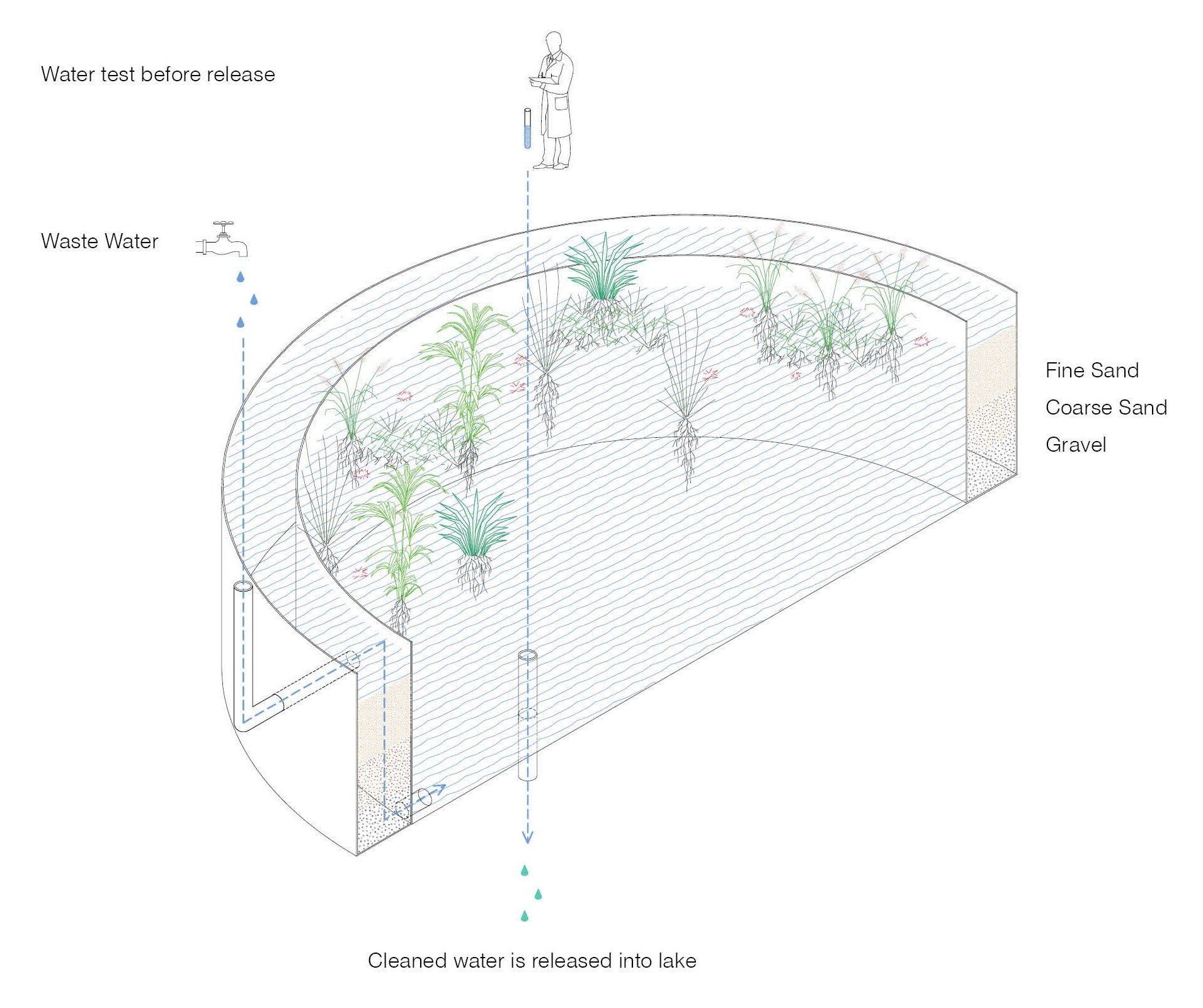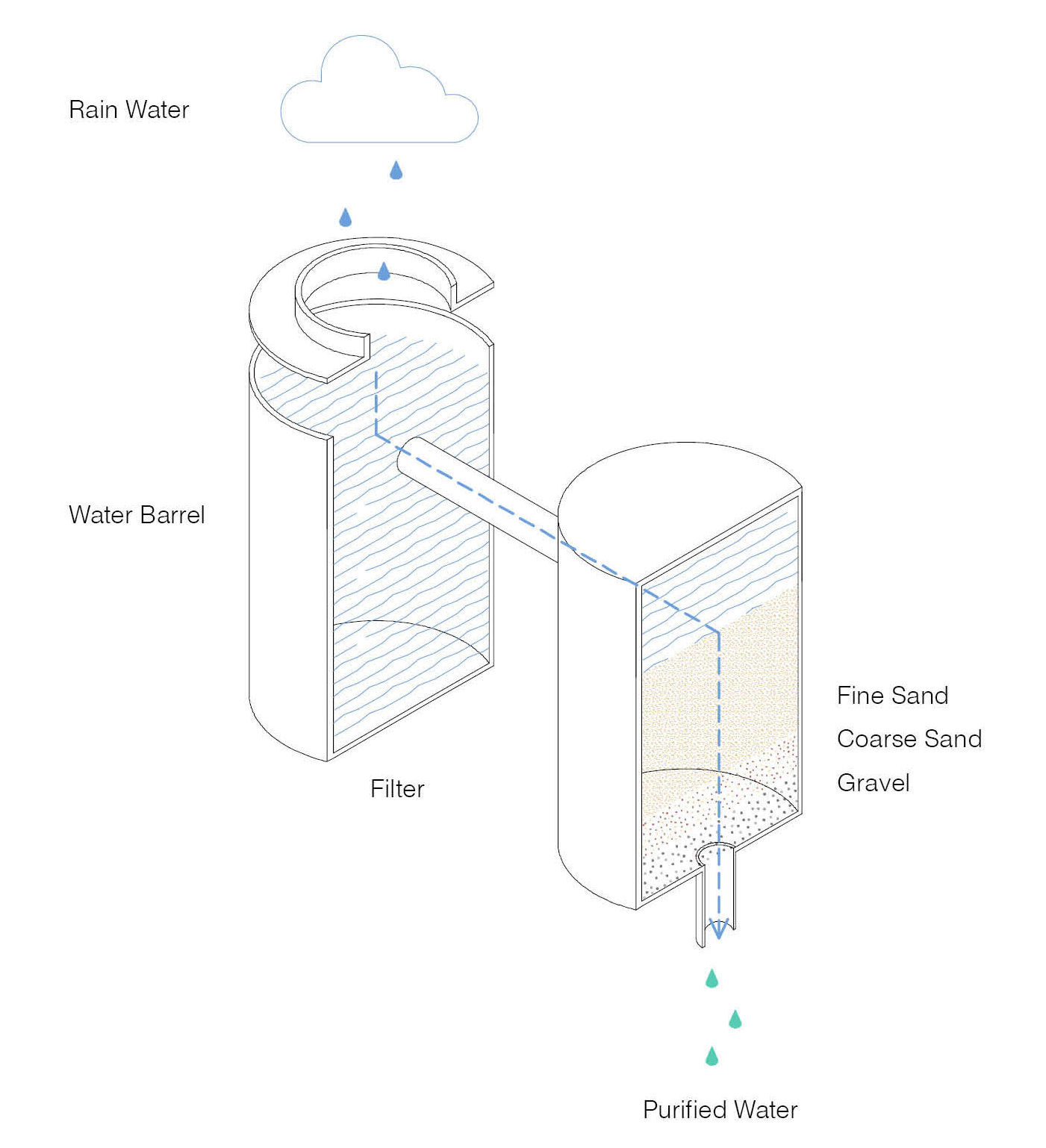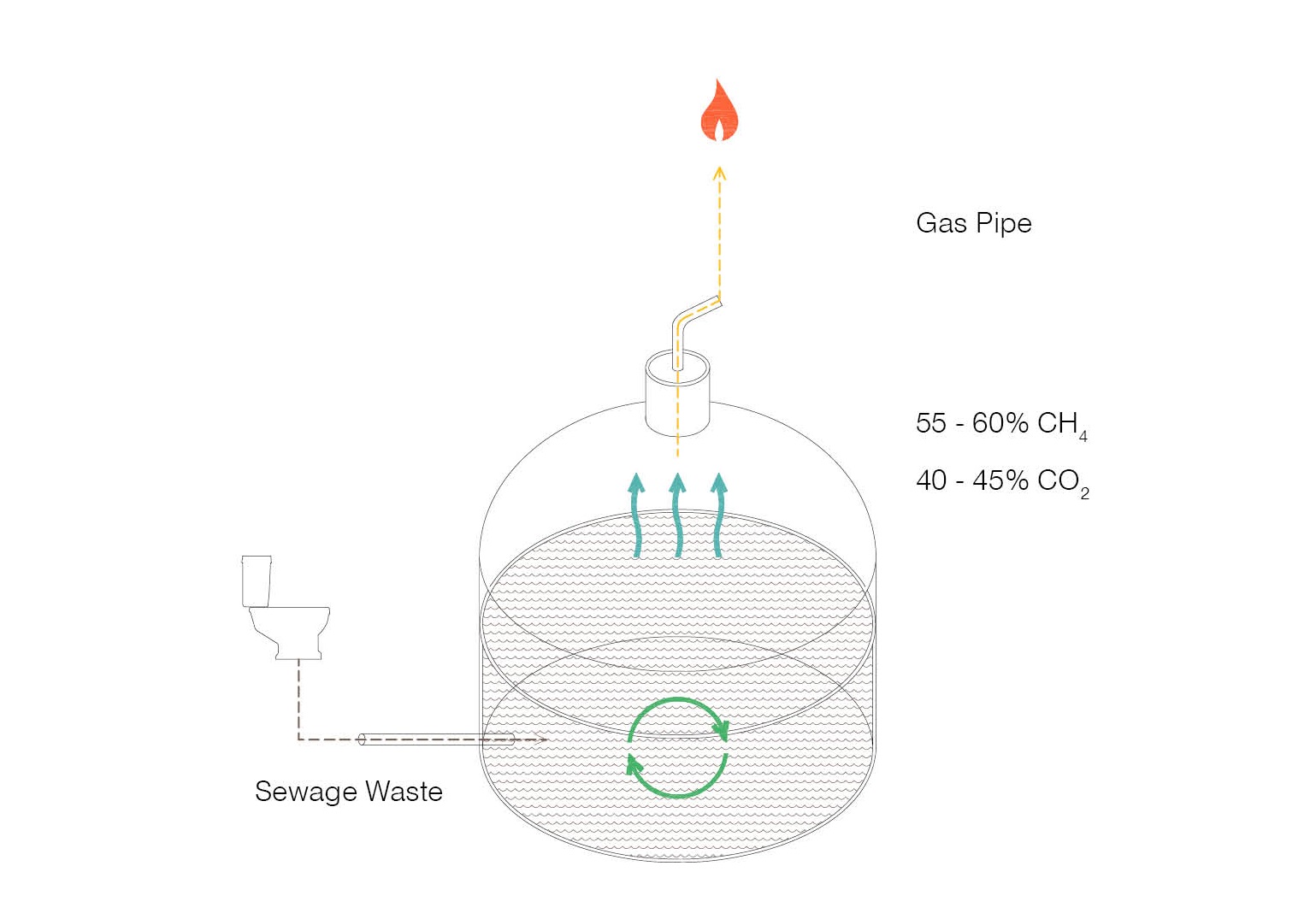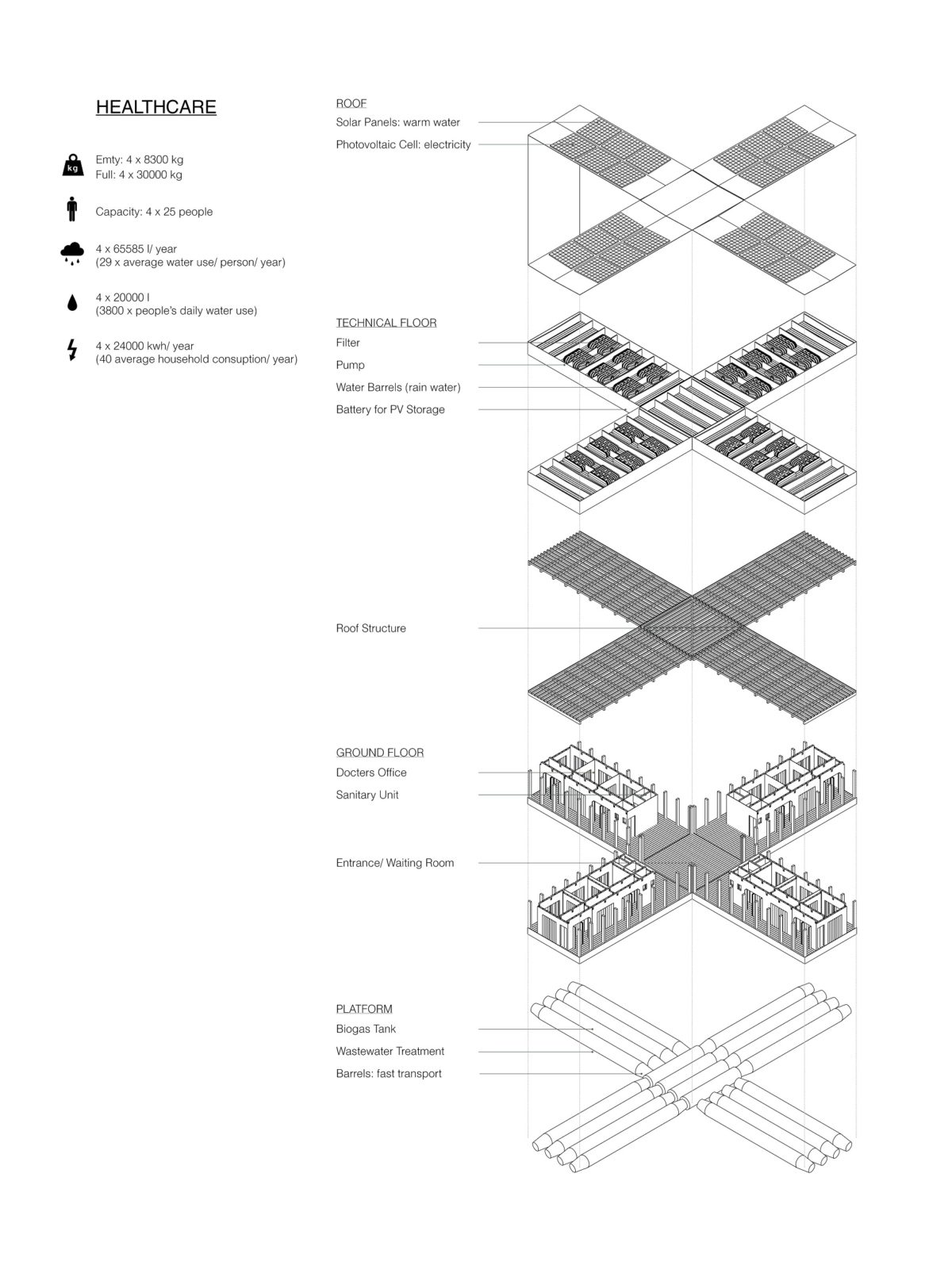Tonle Sap
is the largest lake in Cambodia with a size that varies between 2500 km² and 16000km² over the course of a year. It is good for 400,000 tons of fishing each year and is home to 1.200.000 people living mostly in floating communities.
In response to an open call, we proposed a project that tries to achieve maximum impact with a minimum of means.
The Tonle Sap lake is renowned for being a remote haven for nature lovers. It is the habitat to more than 100 varieties of water birds and approximately 150 species of fish. Many of these are classed as ´globally severely threatened´ or ´near-threatened´ breeds, making the lake an important foster for wildlife in the region and globally.
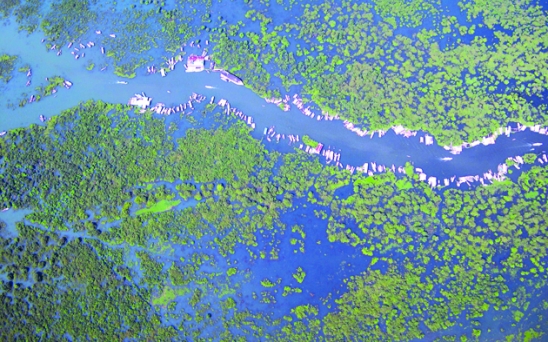
Approximately 1.2 million people make Tonle Sap their home. Many live on movable floating villages to cater for the dramatic seasonal fluctuations of the lake and the migratory nature of the lake´s fish. These remote communities rely heavily on fish as a form of livelihood and sustenance.
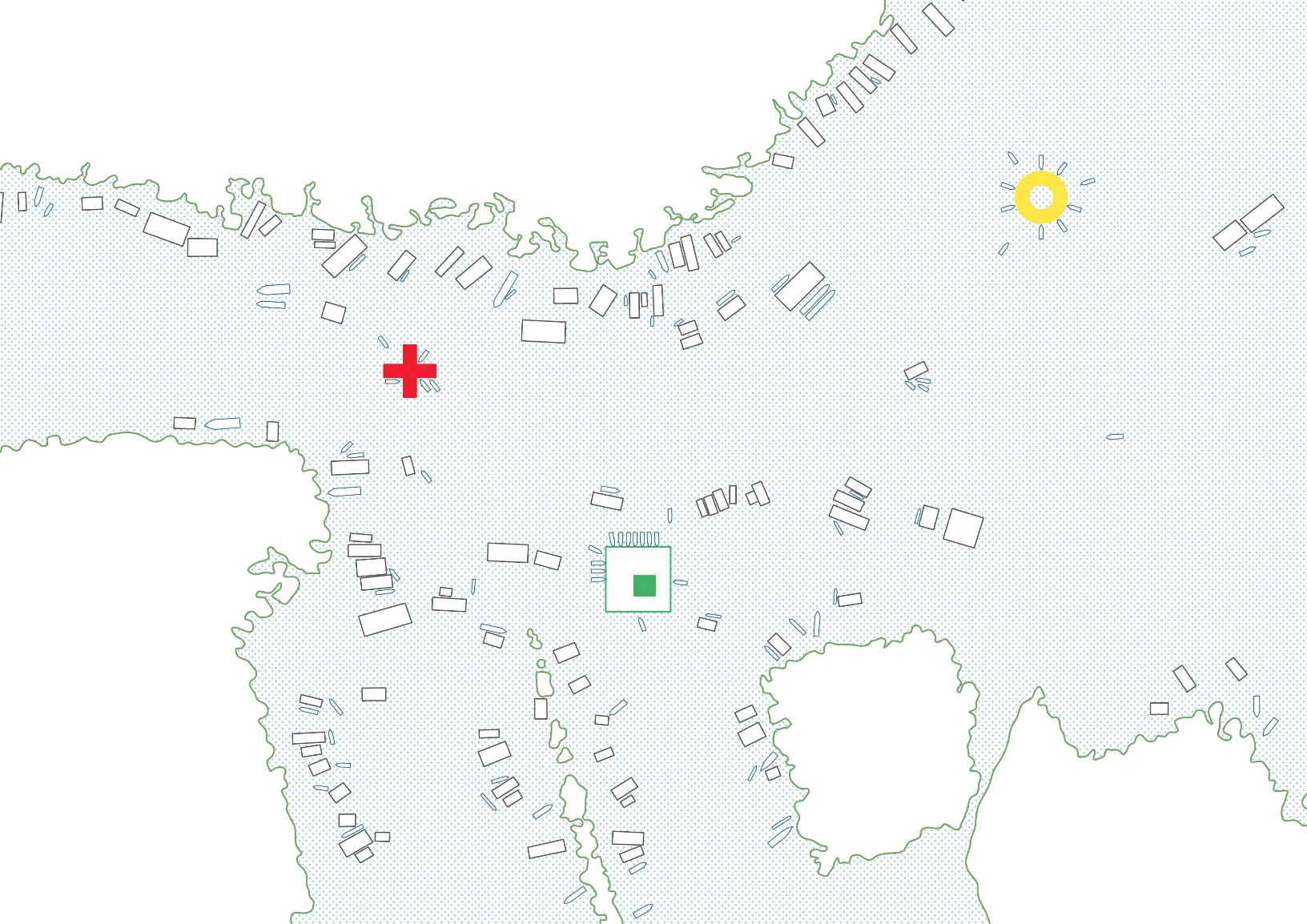
Today, the wellbeing of Tonle Sap’s ecosystem is severely under threat from the national and international price of rapid modernity. As the nation and the region develop, high levels of pollution find their way into its waters. This poses a huge threat to the safeguarding of future generations of both wildlife and human population.
To make matters worse, the problems afflicting the general population of Cambodia are aggravated and reinforced by the remoteness and migratory nature of the floating villages on the lake. Ecological education is lacking, resulting in a vicious cycle of degradation. This is rendered worse by substandard living conditions exacerbated by dangerously high poverty levels: with over 28% of Cambodian families struggling below the poverty line, many of which concentrate on the lake. The lack of basic sanitary provisions means that disease epidemics are an everyday risk to human life.
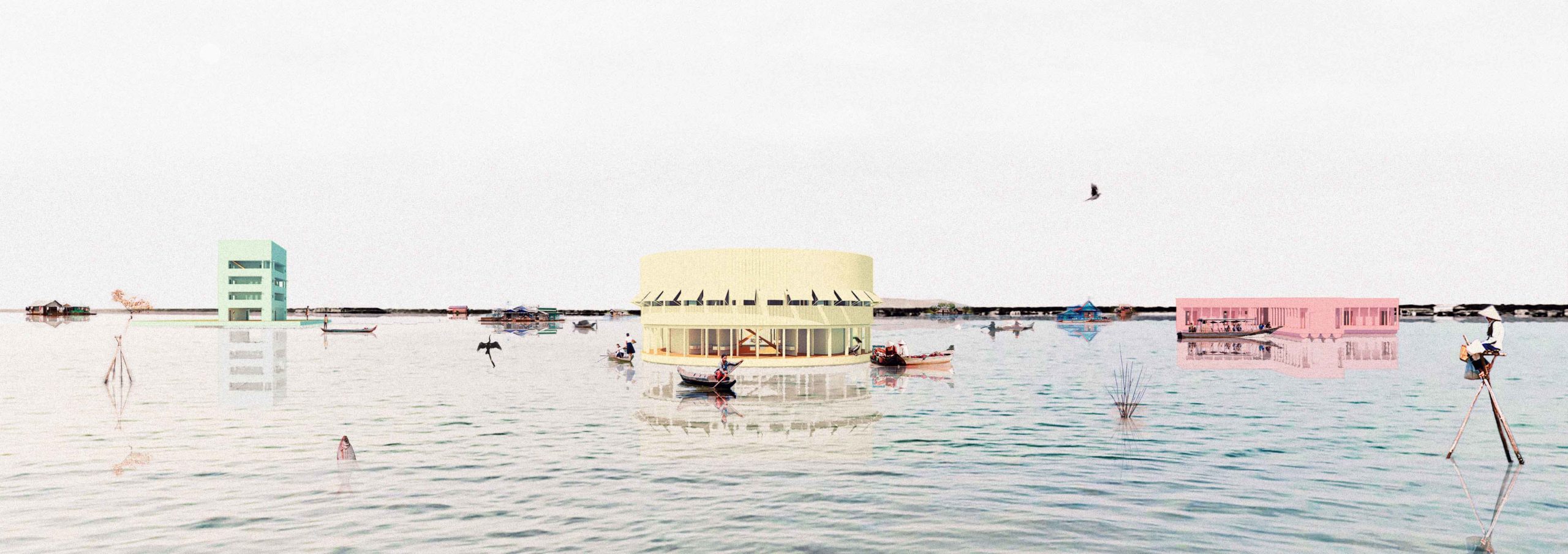
Concept & plan Layout
The happy community
To generate a positive change in people’s attitude towards their environment, we believe that you have to appeal to their sense of community. Improving living conditions within the communities should not be limited to only physical health. Communal spaces where people can meet and relax have been proven beneficial for people’s mental wellbeing. A happy community will be easily motivated to care for its environment actively. Therefore we found it crucial to create a form of public space within the floating villages’ organic tissue.
Micromanagement
We propose to use micromanagement as an active strategic tool to stimulate a positive change. For example, to deal with solid waste, a system can be set up where the inhabitants can exchange separated waste for rice, utilities or tickets to shows. A similar approach has proved its value in the favelas of Curitiba in Brazil. We very much believe that this kind of micromanagement will be vital to making a real change.
F(l)o(a)cal points
Each structure works as a centre of interest or activity. The colourful shapes of the structures stand out the environment and are recognisable from far away.

Research
The lavatorium is a hybrid structure. On the first level are sanitary units with showers, toilets and places to wash clothing. The ‘lavatorium’ refers to the buildings in medieval European cities where people would do their washing. The second level houses a research centre. Here local wildlife and the chemical balance of the water can be monitored and reported. A halophyte filter treats all wastewater in the building’s core before it is being released back into the lake.

Education
The tower serves as an educational centre. The structure can be used as an ordinary school but also provides a broader use.
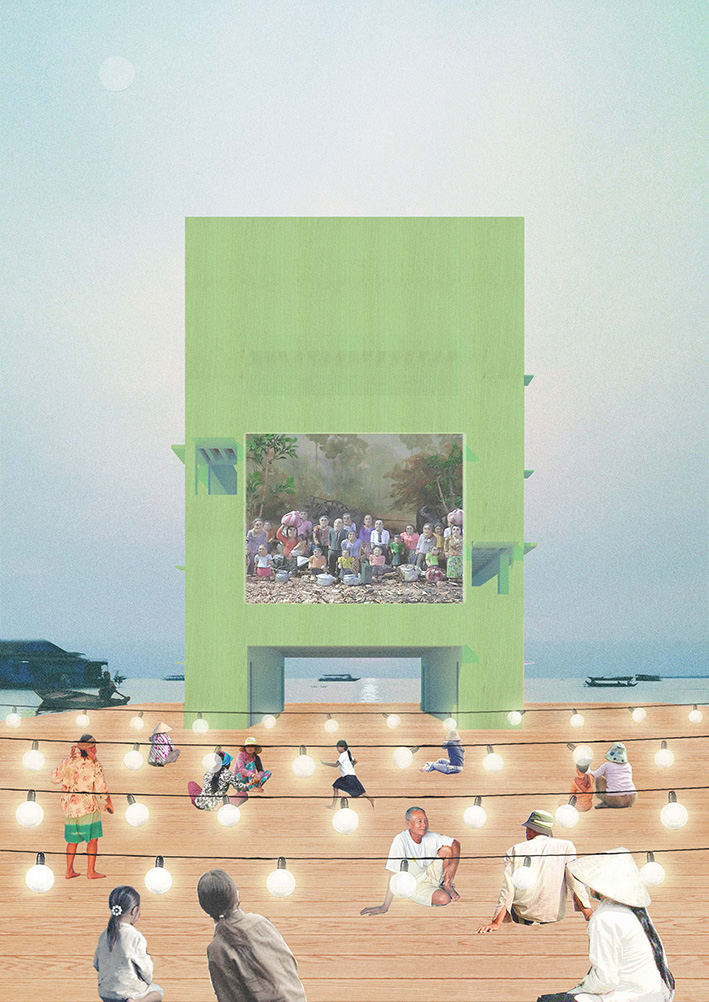
The large platform can be used for a wide range of leisure and educational activities. Cinema or concerts evening can be organised in which locals can exchange waste for an entrance ticket. Communal chickens and allotments can be installed, fed or fertilised with organic waste.
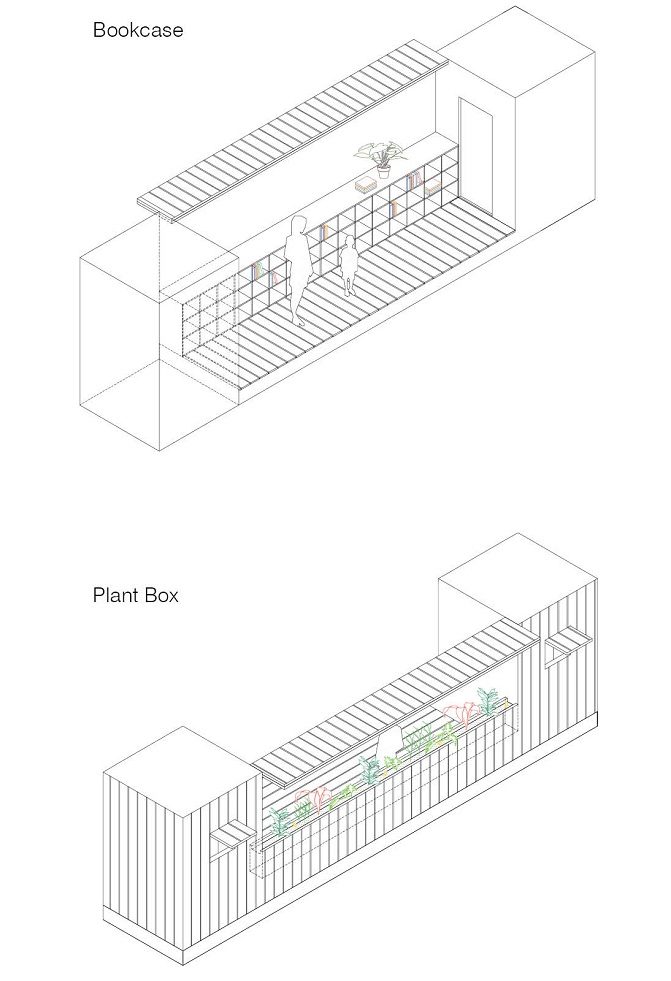

Healthcare
The hospital is a modular structure. The separated modules can be towed around lake were the need for medical assistance is most urgent. Each elements houses consultation rooms, a sanitary unit and waiting room.
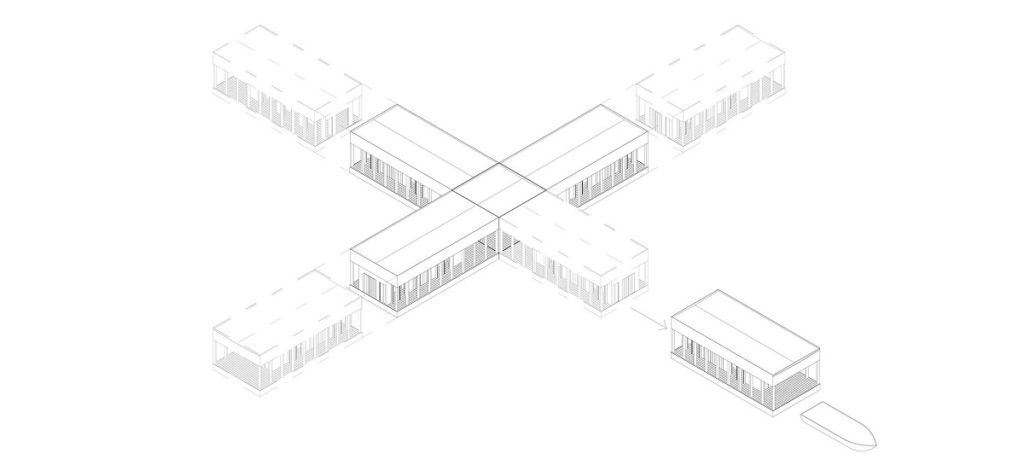
Local, responsible and authartic
All the volumes are made from local responsibly produced wood and painted with environmentally friendly paint. We propose that the local population will assemble the structures in collaboration with professionals. Each typology is an authartic entity that minimises energy use and waste output.
